
NOISE SAFETY ARTICLES
A blog of articles and general information on all things relating to noise assessments or noise surveys at work, or managing employee noise exposure risks.
Advice and information on occupational noise assessments and general tips for managing noise safety risks at work.
Noise assessments ● Hearing protection ● Health surveillance ● Noise Training
For a specific subject area, try the search box

Noise safety training requirements following a noise assessment
A noise assessment will measure your noise risk levels, and anyone who has a noise exposure of 80 dB(A) or 135 dB(C) or more has to be included in a noise safety training programme. The HSE are very specific on what the noise safety training provided by employer should include.

dB(A) and dB(C) data in noise assessments
In a noise assessment you will see a few different types of noise data presented and it can seem a little baffling. Noise is measured in decibels, but not all decibels are the same, that would be far too easy.
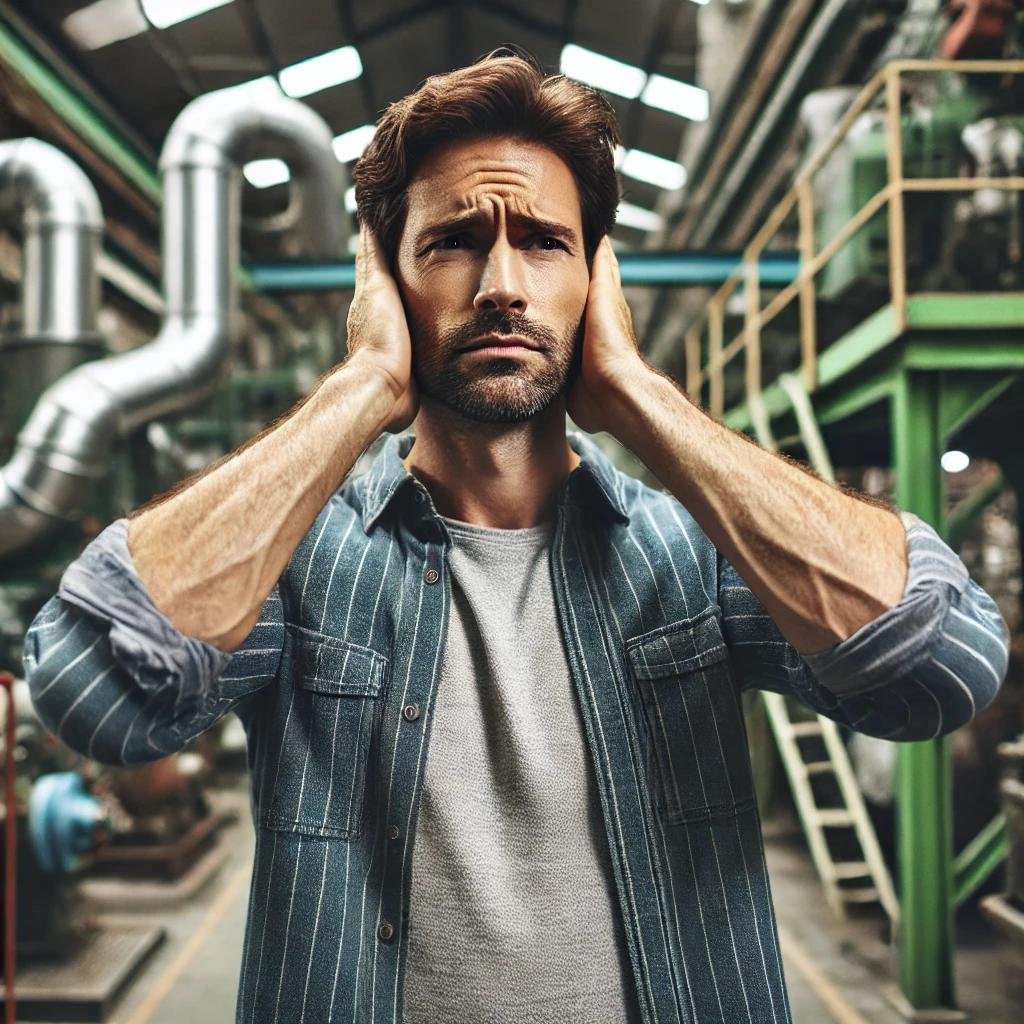
Can ear plugs cause tinnitus?
Can wearing ear plugs cause tinnitus when worn all day in a factory?
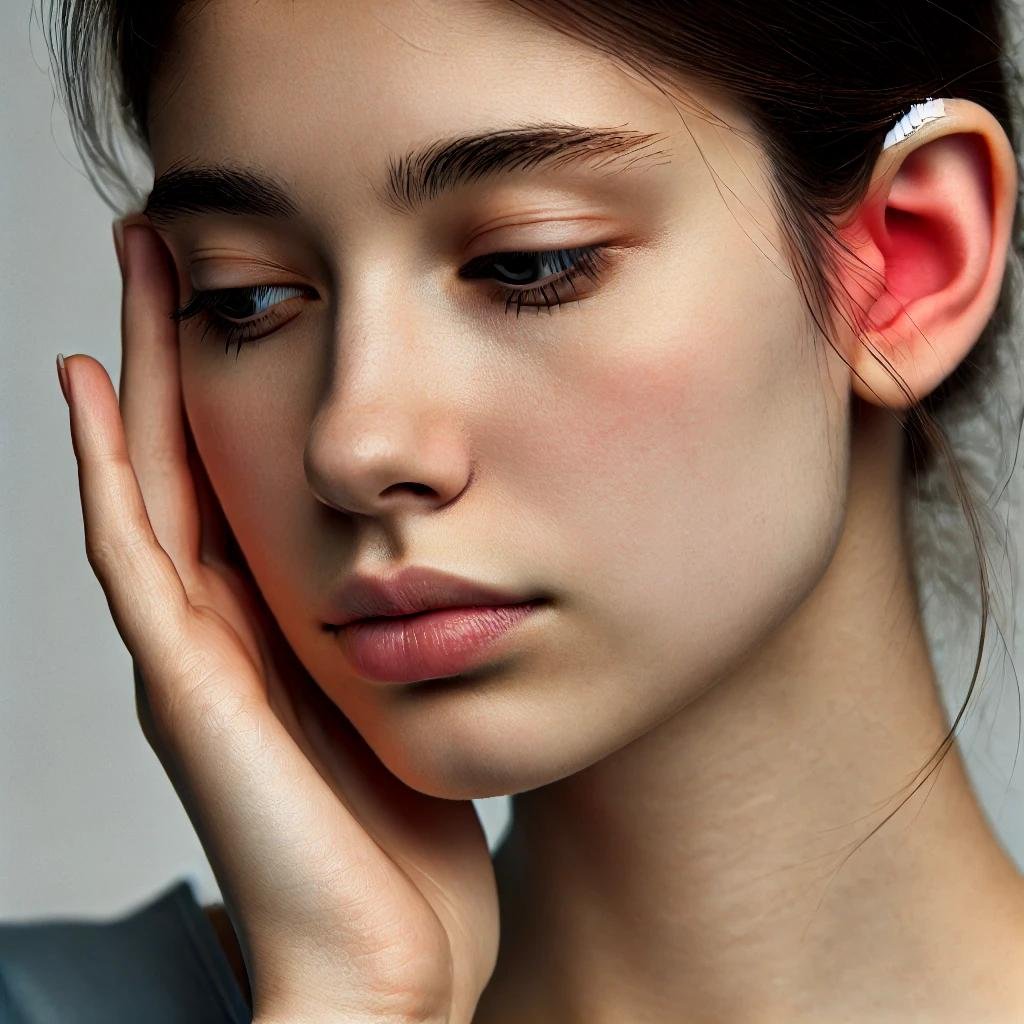
Do ear plugs cause infections?
Sometimes people will say using ear plugs causes them to get ear infections, but do ear plugs actually cause infections? Short answer, no. Dirty hands putting them in, that can cause an infection, but not the plugs themselves.
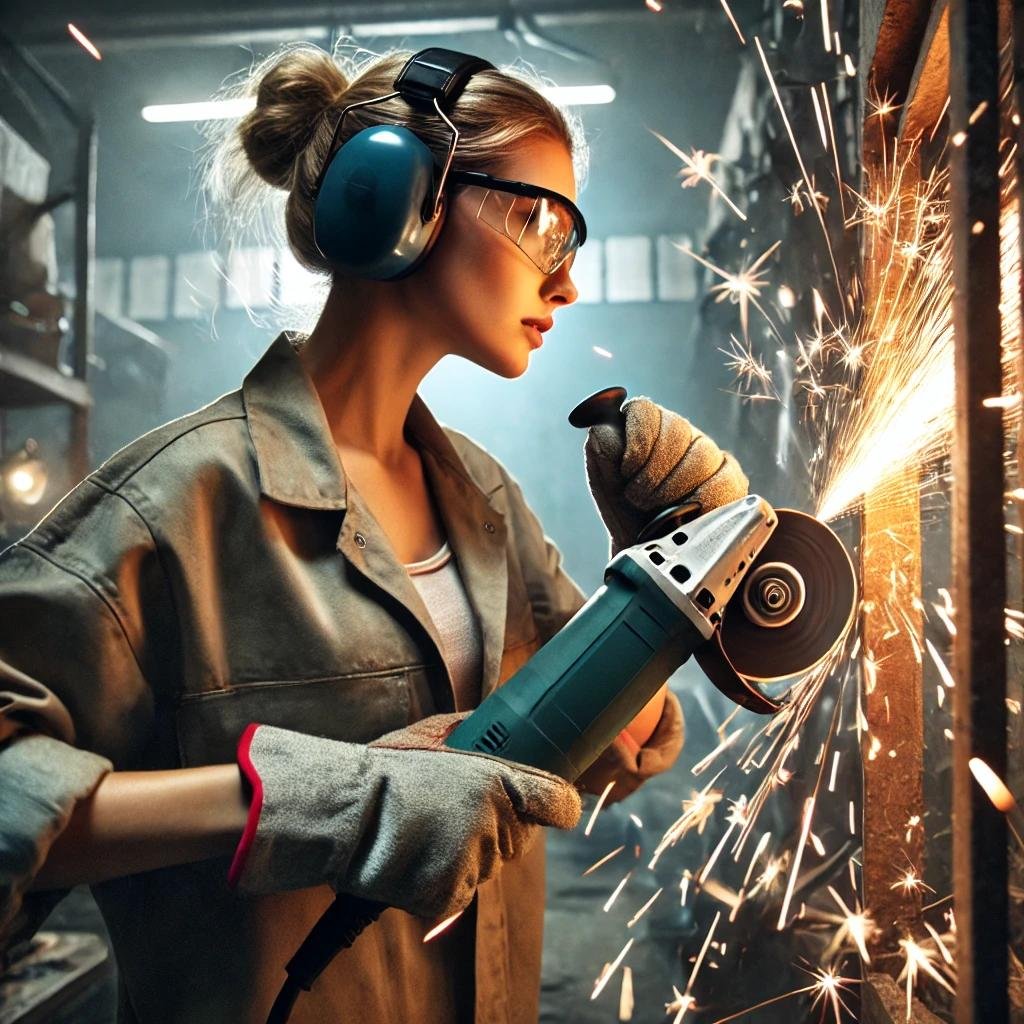
What to look for in a good noise assessment
I feel for employers here as they know they need to get a noise assessment done so start looking into it, and quickly end up in a dark and murky world of Lep,d and TWA and dB(A) and dB(C). It is a wonder they don’t end up sitting in a corner and weeping gently.
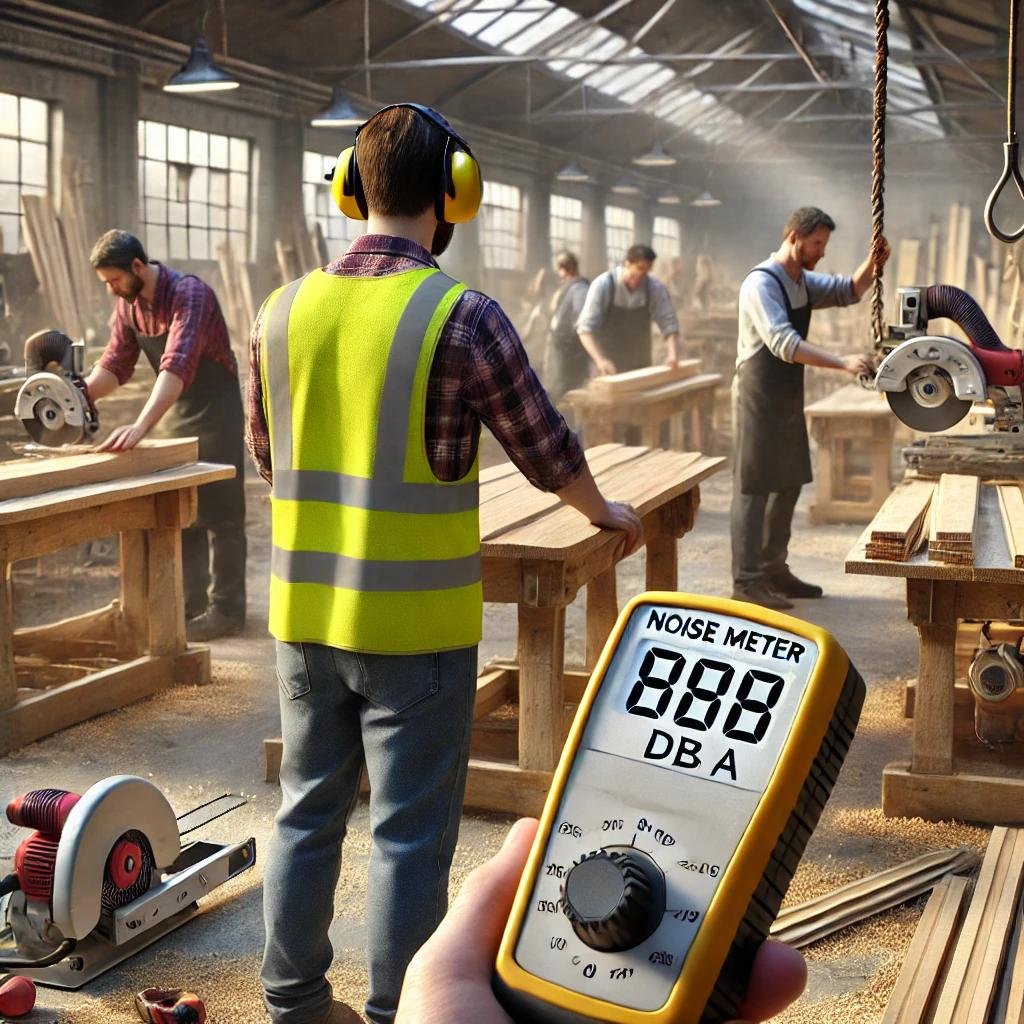
Noise assessments for non-routine jobs.
The Noise Regs focus on daily average noise risk levels for staff, but for some workplaces such as joinery workshops or small metal fabrication businesses, the daily variation in the work is such that an average noise exposure level on one day has no relevant to any others.
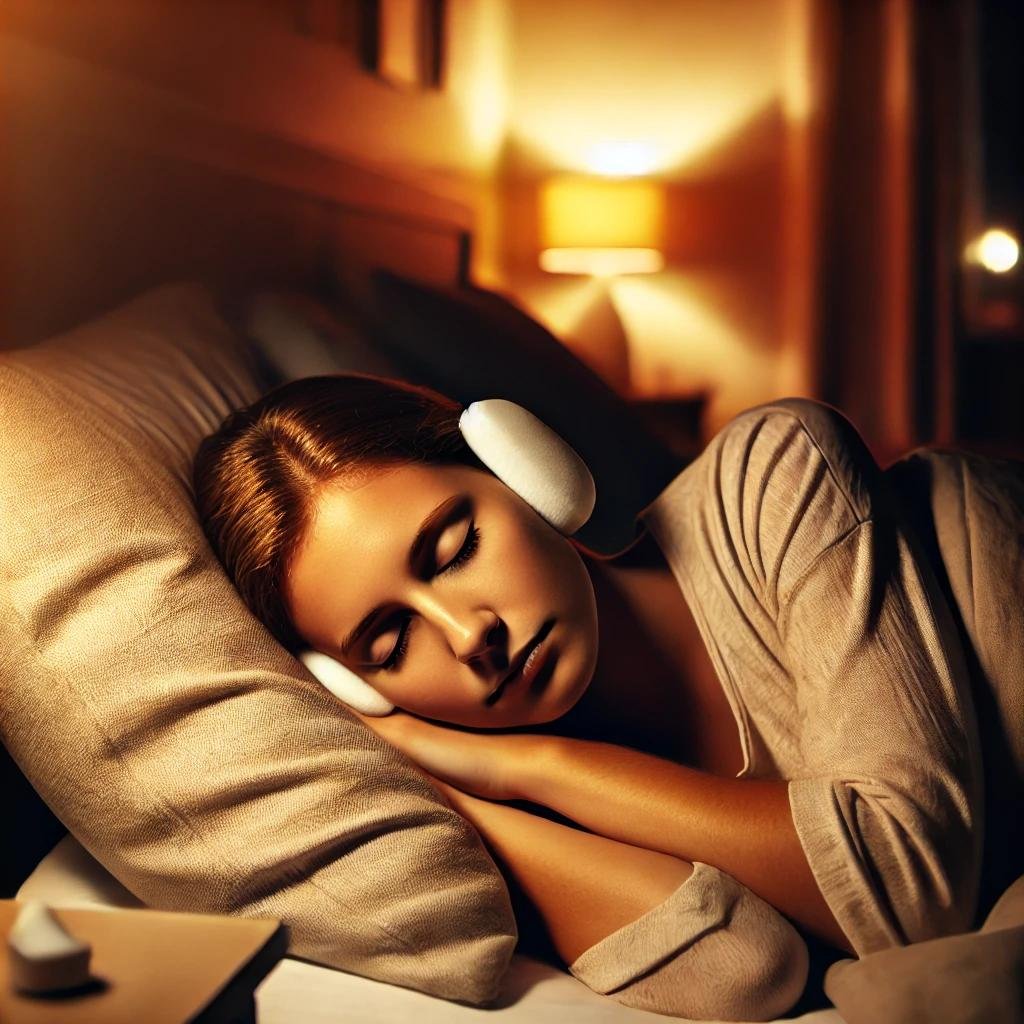
Best hearing protection for sleeping
This is a common question for hearing protection, be it due to external noise from life in a town or city, shift workers trying to sleep when everyone else is awake, trying to sleep in hotels, or just with a partner who snores a lot.

Hand-held or wearable meters in a noise assessment?
There are two basic types of noise meter, hand-held and wearable, (also called dosimeters or dosimeters).
Wearables have a use but a great deal of care is needed with them and they really shouldn’t be used as the primary means of gathering data.

Best hearing protection for loud music?
Music can damage hearing just as much as other loud noise but this is one noise you probably do want to experience. This is a guide on hearing protection for music, be it attending concerts or playing as a musician - protection which will guard against hearing damage while letting the music sound natural.

How long should a noise assessment take?
A common question is how long a noise assessment will take on a site. It is influenced by a few things such as variation in work on the site, production cycles and number of people present. These are the factors influencing how long a noise assessment takes place on the day.

Can ear-plugs be reused?
Most foam ear plugs are single-use and should not be reused, meaning worn, taken out and then put back in again. To check the effectiveness of reusing ear plugs I did hearing tests while wearing brand new and worn ear plugs and the results confirmed it, disposable ear plugs should only be worn once.
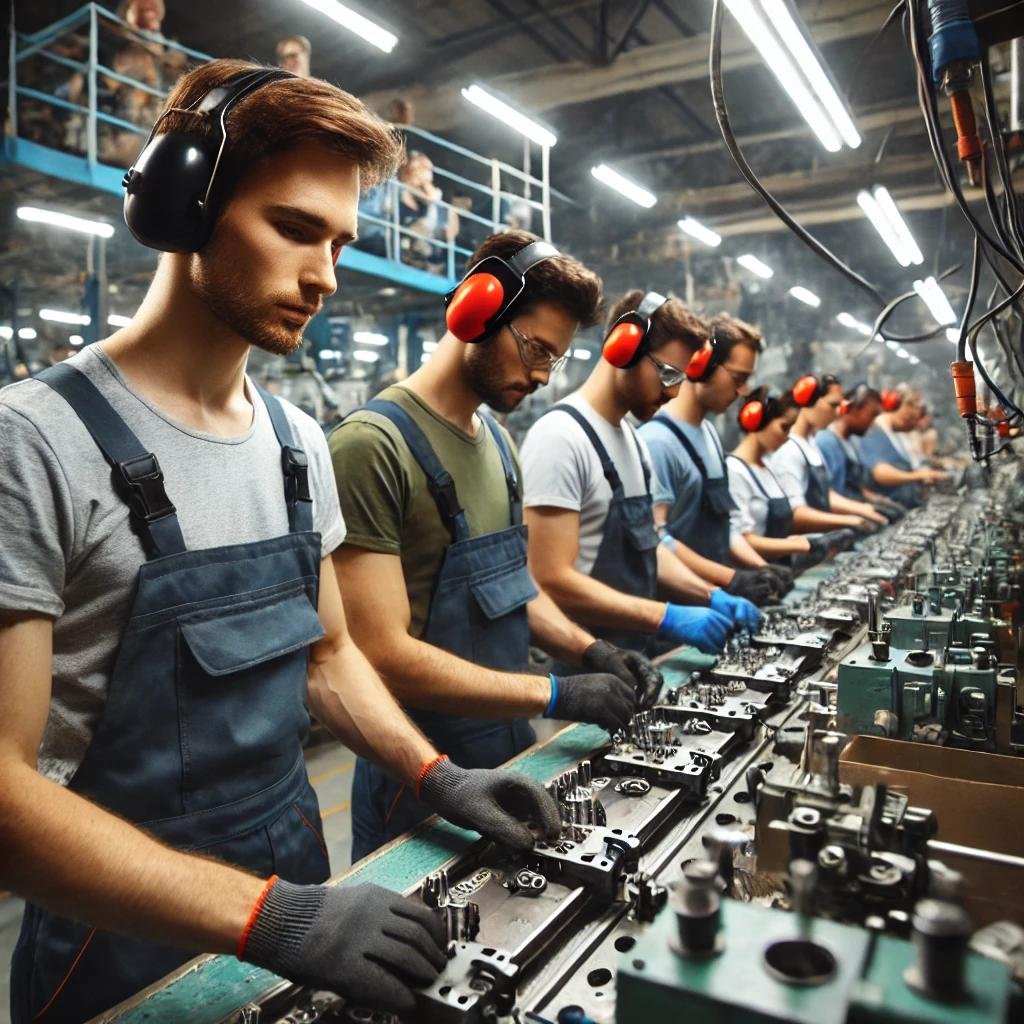
Responsibility for Agency staff
One of the main outcomes from a noise assessment is often a need for health surveillance - hearing testing - and that applies to everyone regularly exposed to levels over 85 dB(A). Where it can get a little more complicated is agency staff, especially who is responsible for the hearing tests.

